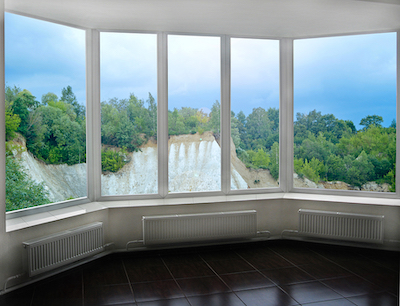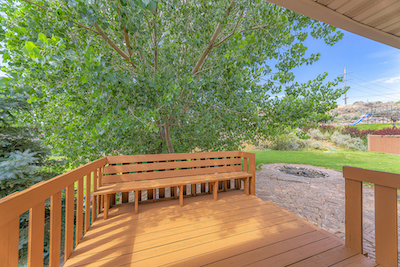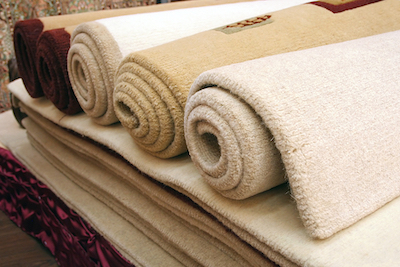Pressure Treated Wood vs Untreated Wood: Weighing the Pros and Cons
Wood is a popular material for building and construction projects due to its versatility, aesthetics, and cost-effectiveness. However, when it comes to deciding between pressure treated wood and untreated wood, there are a few factors to consider. This article will explore the key differences between pressure treated wood and untreated wood, comparing their respective advantages and disadvantages in terms of durability, safety, environmental impact, and cost.
What is Pressure Treated Wood?
Pressure treated wood is a type of lumber that has undergone a chemical process to improve its resistance to decay, rot, and insect damage. The wood is placed in a vacuum chamber and treated with chemical preservatives, which penetrate the wood fibers. These chemicals not only provide protection against fungi and insects but also help to extend the wood’s lifespan.
On the other hand, untreated wood is lumber that has not undergone any chemical treatment. As a result, it is more susceptible to decay, rot, and insect damage compared to pressure treated wood.
Durability and Maintenance
- Pressure Treated Wood
The most significant advantage of pressure treated wood is its increased durability. The chemical treatment process protects the wood from decay, rot, and insect damage, making it suitable for outdoor and ground contact applications. Pressure treated wood is commonly used for building decks, fences, and playground equipment.
Because of its resistance to moisture and insects, pressure treated wood generally requires less maintenance than untreated wood. However, regular inspections for signs of damage or wear and proper sealing are still necessary to ensure the wood’s longevity.
- Untreated Wood
Untreated wood is more susceptible to decay, rot, and insect damage, making it less suitable for outdoor applications or areas exposed to moisture. Although untreated wood may be aesthetically pleasing and offer a more natural look, it often requires more frequent maintenance, such as sealing, staining, or painting, to protect it from the elements.
Safety and Health Concerns
- Pressure Treated Wood
In the past, pressure treated wood contained chromated copper arsenate (CCA), which raised concerns about its safety and potential health risks. However, since 2003, CCA has been replaced by alternative preservatives like alkaline copper quaternary (ACQ) and copper azole (CA), which are considered safer for residential use.
Nevertheless, it is essential to handle pressure treated wood with caution. When cutting, sanding, or burning the wood, it is crucial to wear proper protective gear and avoid inhaling the dust or fumes. Additionally, pressure treated wood should not be used for constructing raised garden beds, as chemicals can leach into the soil and contaminate plants.
- Untreated Wood
Untreated wood does not contain any chemical preservatives, making it a safer option for applications where contact with skin or potential ingestion by children and pets is a concern. It is a suitable choice for indoor projects, furniture, and children’s toys.
Environmental Impact
- Pressure Treated Wood
The use of chemicals in the pressure treating process raises some environmental concerns. The preservatives can leach into the soil and water, potentially harming plants and aquatic life. Moreover, pressure treated wood cannot be recycled or composted and must be disposed of as hazardous waste.
However, pressure treated wood can have a lower environmental impact in some situations. Due to its increased durability, it may require fewer resources and energy for replacement, maintenance, and disposal compared to untreated wood.
- Untreated Wood
Untreated wood has a lower environmental impact than pressure treated wood, as it does not contain harmful chemicals. It is biodegradable, compostable, and recyclable, making it a more environmentally friendly option. However, the need for more frequent maintenance and replacement can offset some of these benefits, depending on the application and the type of wood used.
Cost
- Pressure Treated Wood
Pressure treated wood is generally more expensive than untreated wood due to the additional costs associated with the chemical treatment process. However, its increased durability can make it more cost-effective in the long run, as it typically requires less maintenance and has a longer lifespan.
- Untreated Wood
Untreated wood is generally less expensive upfront, making it an attractive option for budget-conscious consumers. However, the increased maintenance requirements and potential for a shorter lifespan may result in higher long-term costs.
Choosing Between Pressure Treated and Untreated Wood
When deciding between pressure treated wood and untreated wood, it is essential to consider factors such as durability, safety, environmental impact, and cost. The choice ultimately depends on the specific needs and priorities of the project.
For outdoor applications or projects exposed to moisture and insects, pressure treated wood is typically the better choice due to its increased durability and resistance to decay, rot, and insect damage. However, for indoor projects or situations where contact with skin or potential ingestion is a concern, untreated wood may be the safer and more environmentally friendly option.
Both pressure treated wood and untreated wood have their respective advantages and disadvantages. Pressure treated wood offers increased durability and lower maintenance requirements, making it suitable for outdoor and ground contact applications. However, it also comes with potential safety concerns and a higher environmental impact.
On the other hand, untreated wood is safer and more environmentally friendly but may require more frequent maintenance and have a shorter lifespan, depending on the application. Ultimately, the choice between pressure treated and untreated wood will depend on the specific needs and priorities of the project. By carefully considering these factors, homeowners and builders can make an informed decision that best suits their requirements and preferences.














